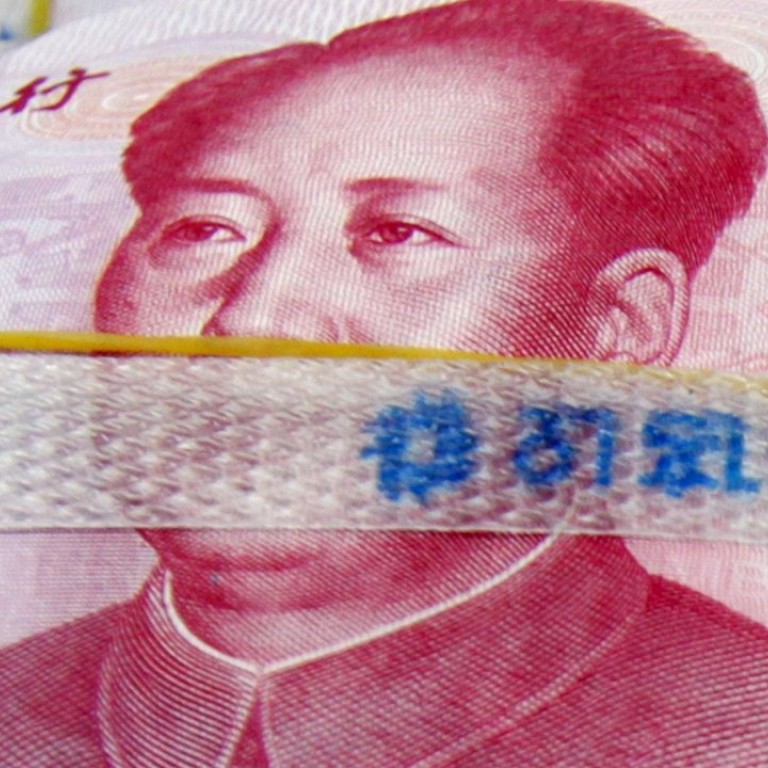
New | Tough times for China’s dim sum bonds
Headwinds for offshore yuan bond market due to slow economy, regulatory concerns
Headwinds are expected to blow through China’s offshore renminbi bond market next year, as unfavourable economic and regulatory factors that sent the market to a six-year low persist.
The offshore renminbi bond market, also known as dim sum bonds, has been caught between a rock and a hard place this year. Massive deregulation in the onshore renminbi bond market and rounds of monetary easing by the People’s Bank of China since late last year have lured Chinese companies, especially property developers- the backbone of the dim sum bond issuances- to raise funds back home.
The yuan fixing reform in August that resulted in a 3 per cent devaluation of the currency, and the ensuing depreciation bias, coupled with the likelihood of more interest rate hikes in the US, have removed the glow in issuing dim sum bonds.
Total issuances plunged 79 per cent year-on-year in the first 11 months to US$5.1 billion, the lowest level since 2010, according to Dealogic data.
Looking ahead, the bouts of adversity will continue with no clear signs of abating, experts say.
“I don’t think the fundamentals that made the dim sum bonds less attractive this year will change vis-à-vis the onshore market,” said Evan Goldstein, global head of renminbi solutions at Deutsche Bank.
In addition to difficult fundamentals, a shorter maturity profile is compounding the challenges facing the dim sum bond market, according to Becky Liu, senior rates strategist at Standard Chartered Bank.
Liu calculated 42 per cent of the outstanding balance will mature by the end of next year.
“On the back of strong redemption, there’s a possibility that the overall dim sum bond market size may be shrinking next year,” she said.
Foreign banks and companies have been tapping dim sum bonds more, with a goal to transfer the proceeds into US dollars through arrangements called cross currency swaps that come cheaper than raising funds in US dollars directly. But such a growth momentum so far could not offset dwindling issuances by Chinese corporates, said ratings agency Moody’s.
Foreign issuers account for 21 per cent of the total outstanding balance, with the rest Chinese companies, banks and governments.
Still, a new breed of issuers may arise on the horizon over time to fill the gap – governments and companies in regions identified by Beijing’s so-called One Belt, One Road initiative, said Ken Hu, chief investment officer, fixed income, Asia Pacific at Invesco, which manages US$791 billion.
“If history is any lesson, the One Belt One road countries will need yuan liquidity,” said Hu, referring to the roots of the 1997 Asian financial crisis.
In the 1980s, Asian countries started adopting the yen as a payment currency, but the financing currency was still by and large the US dollar, which was weak at the time.
“Such massive currency mismatch caused severe troubles for the Asian economies in the 1990s when US started tightening credit, leading up to what we now know as the Asian financial crisis,” Hu said.
Invesco subscribed to the long-term offshore renminbi bonds issued by the Ministry of Finance in November.
“We take a long term view and favour the long end of the yield curve,” said Hu, adding that it was time to ditch the term “dim sum” as offshore bonds have taken hold in a range of offshore yuan clearing centres outside Hong Kong.

